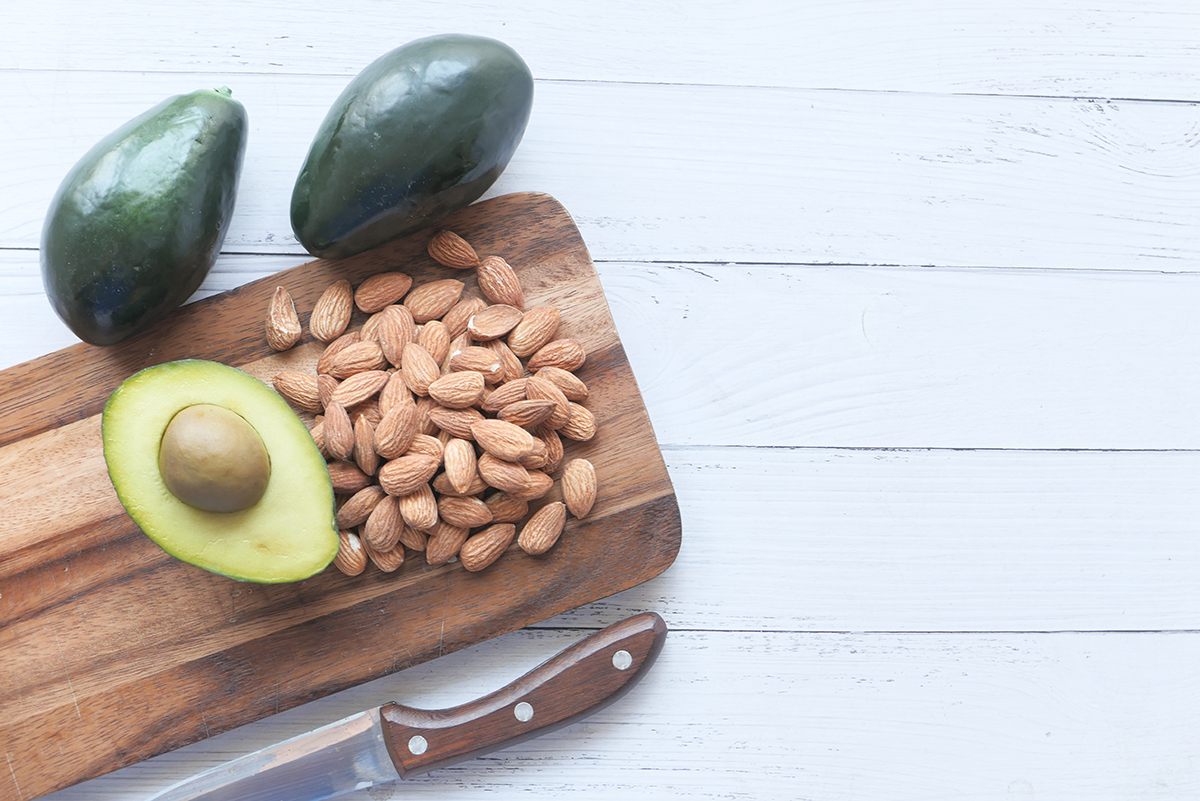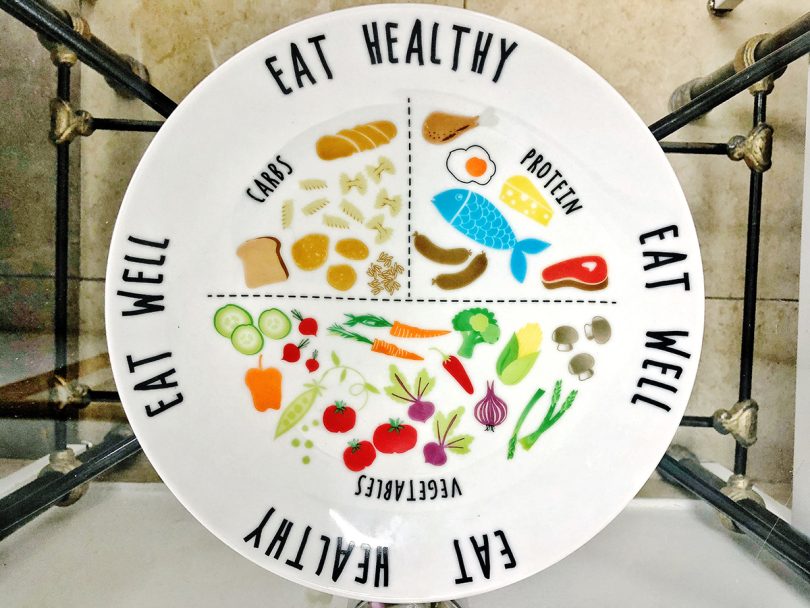Choosing a healthy diet can often seem like a daunting task with all the information and options available. This guide on choosing a healthy diet will help you navigate the complexities and make an informed decision. Today, we’ll explore the basics of nutrition, delve into different diet types, and provide you with practical tips for choosing and maintaining a healthy diet that suits your lifestyle and needs.
Table of Content
- Understanding Nutrition
- Exploring Different Types of Diets
- Considerations for Choosing a Diet
- Tips for Maintaining a Healthy Diet
- Summary
Understanding Nutrition

Nutrition is the foundation of a healthy diet. But what does nutrition entail? At its core, nutrition involves consuming the necessary nutrients that your body needs to function optimally. These nutrients fall into two main categories: macronutrients and micronutrients.
Macronutrients include carbohydrates, proteins, and fats. Carbohydrates are the body’s main source of energy, proteins are essential for growth and repair, and fats are crucial for brain function and hormone production. Each macronutrient has a recommended daily intake, which can vary based on factors such as age, sex, and activity level.
Micronutrients, on the other hand, include vitamins and minerals. These are needed in smaller quantities than macronutrients, but they’re just as important. Vitamins and minerals play a wide range of roles in the body, from supporting immune function to promoting healthy skin and bones.
Hydration is another key aspect of nutrition. Water is essential for various bodily functions, including digestion, nutrient absorption, and temperature regulation. The amount of water you need can depend on factors such as your weight, activity level, and climate.
Dietary fiber, while not a nutrient, is another important component of a healthy diet. It aids digestion, helps control blood sugar levels, and can lower the risk of heart disease.
The concept of energy density in foods is also essential to understand. Foods with low energy density provide fewer calories per gram, allowing you to eat more volume without consuming too many calories. These foods often contain plenty of water and fiber but are low in fat.
Exploring Different Types of Diets

With a basic understanding of nutrition, you can now explore different types of diets, which is an important step in choosing a healthy diet. Remember, there’s no one-size-fits-all when it comes to diets. What works for one person may not work for another. It’s about finding what works best for you and your lifestyle.
The Mediterranean diet, for example, is based on the traditional foods that people used to eat in countries like Italy and Greece back in 1960. Researchers noted that these people were exceptionally healthy compared to Americans and had a low risk of many lifestyle diseases. The diet emphasizes eating foods like fish, fruits, vegetables, beans, high-fiber bread, whole grains, and olive oil.
The Paleo diet is another popular diet that can be a healthy choice for many. It’s based on eating whole foods, lean proteins, fruits, vegetables, and healthy fats. It also involves avoiding processed foods, sugars, dairy, and grains. Some people find this diet beneficial for weight loss and overall health improvement.
The vegan diet, which involves eliminating all animal products, can also be a healthy choice. A well-planned vegan diet can be rich in protein, iron, and other essential nutrients. However, it requires careful planning to ensure you’re getting all the nutrients you need.
The ketogenic diet is a low-carb, high-fat diet that’s been shown to help some people lose weight. However, it can be challenging to stick to and isn’t suitable for everyone.
Intermittent fasting, rather than being a diet, is more accurately described as an eating pattern. It doesn’t specify what foods you should eat but rather when you should eat them.
Considerations for Choosing a Diet

When choosing a healthy diet, there are several factors to consider. You need to think about your lifestyle, your health goals, any medical conditions you might have, your food preferences, and your ethical and cultural beliefs.
Your lifestyle is a significant factor. For example, if you’re a busy person who doesn’t have time to cook, a diet that involves a lot of meal preparation might not be the best fit for you.
Your health goals are also important. Are you looking to lose weight, gain muscle, or just improve your overall health? The diet you choose should help you reach these goals.
If you have any medical conditions, these will also affect your choice. For example, if you have diabetes, you’ll need a diet that helps you manage your blood sugar levels.
Food preferences are another critical factor. If you don’t like the foods in a particular diet, you’re less likely to stick to it. It’s essential to choose a diet that includes a variety of foods that you enjoy eating.
Finally, your ethical and cultural beliefs can also influence your diet choice. For example, if you’re a vegetarian for ethical reasons, you’ll want to choose a diet that aligns with your beliefs.
Tips for Maintaining a Healthy Diet

Once you’ve succeeded in choosing a healthy diet, the challenge is to stick to it. Here are some tips to help you maintain your healthy diet:
- Meal planning and preparation: This can help you stay on track, particularly if you’re busy. It involves planning your meals for the week ahead and then preparing those meals in advance.
- Mindful eating: This involves paying attention to what you’re eatingand how it makes you feel. This can help you enjoy your food more and prevent overeating.
- Managing cravings: Cravings can be a big hurdle when maintaining a healthy diet. However, they’re often just a sign that your body needs something. Try to understand what your body is telling you and find healthy ways to satisfy those cravings.
- Reading food labels: Understanding how to read food labels can help you make healthier choices when shopping.
- Seeking professional advice: If you’re finding it hard to maintain a healthy diet, don’t hesitate to seek help from a dietitian or nutritionist. They can provide you with personalized advice and support.
Remember, maintaining a healthy diet is not just about the foods you eat. It also involves maintaining a balanced lifestyle, including regular physical activity and good sleep habits.
Summary

Choosing a healthy diet is a critical step towards a healthier and more fulfilling life. It involves understanding the basics of nutrition, exploring different types of diets, considering your personal needs and preferences, and finding ways to maintain your chosen diet. While this journey can seem overwhelming, it’s an important step towards lifelong health and wellbeing. Remember, a ‘healthy diet’ is not just about the foods you eat, but also about maintaining a balanced lifestyle. It’s about making long-term changes that you can stick with, and that make you feel healthier, happier, and more energized.






